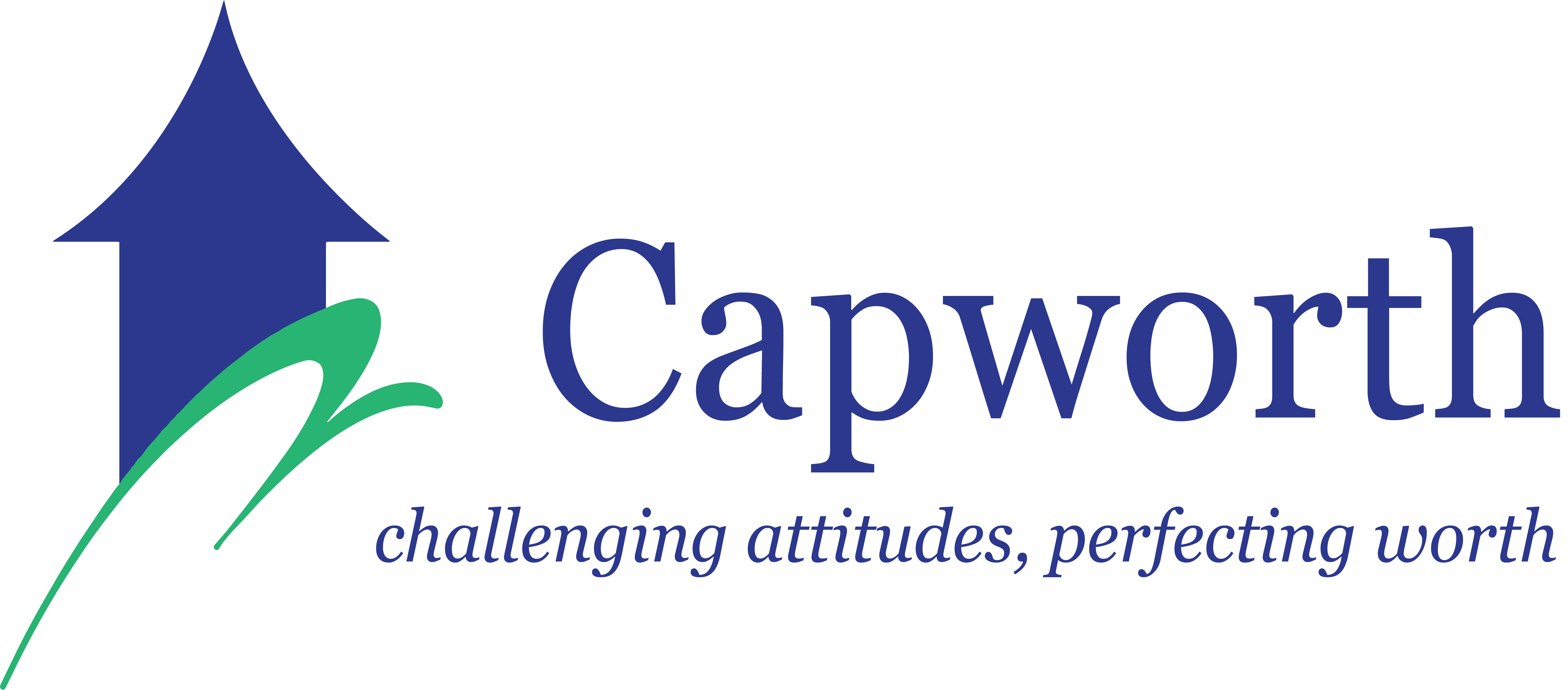As a business owner that cares about the success of your business, there should always be a plan of action after your employees’ training.
You will want your employees to be able to apply the knowledge gained from a training event at the workplace.
Also, having invested money, time, and effort to train your employees; you will want to make sure that they do not only recite quote statistics, theories, and recount case studies.
You expect your employees to be able to figure out what a problem is and fix it rather than troubleshoot.
One of the most powerful reasons why learning transfer is ineffective is because 90 percent of training is designed without a well-defined plan of action to support it.
There are various other factors that determine how efficient the transfer of learning will be, especially when it comes to how long training is.
Read this post to find out how long your employee training should be.
You can aid a glitch-free learning and transfer process by using these points after a training program.
- The word testing is not a favorite word in the workplace.
However, testing the application of training after the training sessions, at unique intervals, can help with knowledge transfer and employee effectiveness.
Occasional reassessment should be planned, together with a job rotation.
This will ensure that all employees perform every of their work processes regularly and effectively.
- You should work with supervisors in making sure that employees who attend training have a chance to practice what they learn.
For example, if a group attends training about how to run a successful meeting, every individual should schedule and run a meeting after a week of the training.
This isn’t to encourage more meetings but to rather allow such persons to have the opportunity to apply what they learn immediately.
- What most employee training sessions do, is to give participants training resources and manuals, with a catalog of additional sources of information.
Every individual that attends training needs to make use of all the materials given.
This will reinforce their learning and help them implement their knowledge optimally.
- Another effective method of reinforcing learning is to establish a “workplace norm”.
By doing this, every employee that attends a training is expected to share the training materials and learning experience, and help train others, upon their return.
This is one way to ensure that those who attend employee training spend a meaningful amount of time understanding and applying the materials and knowledge gained.
One of the best ways of learning is by teaching others.
- Every trainee should work closely with their supervisor to plan additional and required training.
Which will be based on their experience of applying the learning in their duties or on the job.
Both colleagues’ and supervisors’ feedback, directly or indirectly, will help individuals assess needed assistance and progress.
- For us, the training provider, we understand that a learning curve is involved in every attempt to apply training on the job.
So also, should every trainee, organizational manager, and supervisors get to know this.
Every person who attends employee training needs time for the new skills, thoughts, and ideas to sink in or become integrated into what they already know.
Building a productive and exciting workplace, where individuals continue to grow and develop is a service to both your employees and your organization.
Do you need a Professional Training body for your employees’ and organizational development?
Then send us a message today to inquire about our various training services that suit your need.
Implement these tips per time, to follow up on your employees’ training.
And to ensure the likelihood that trainees transfer their training to their jobs and the workplace.




